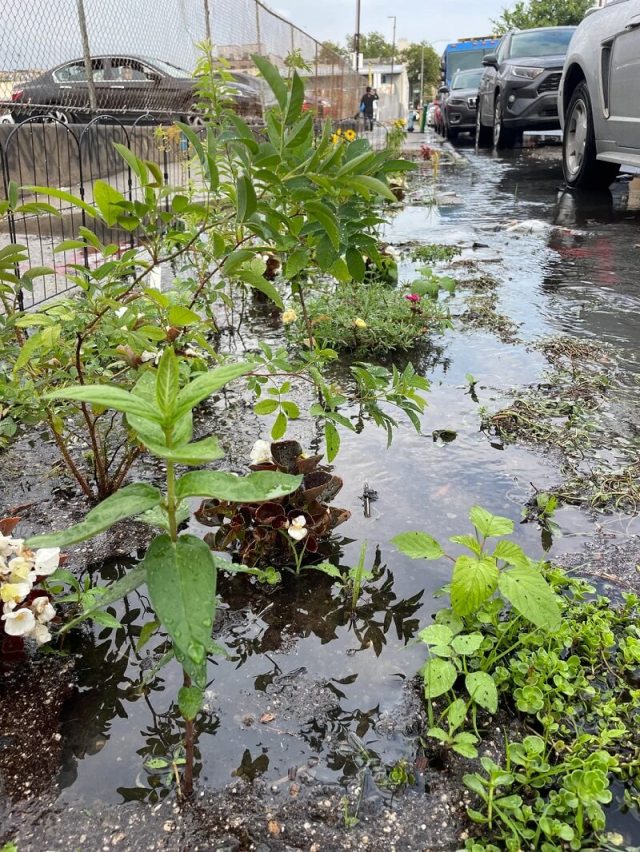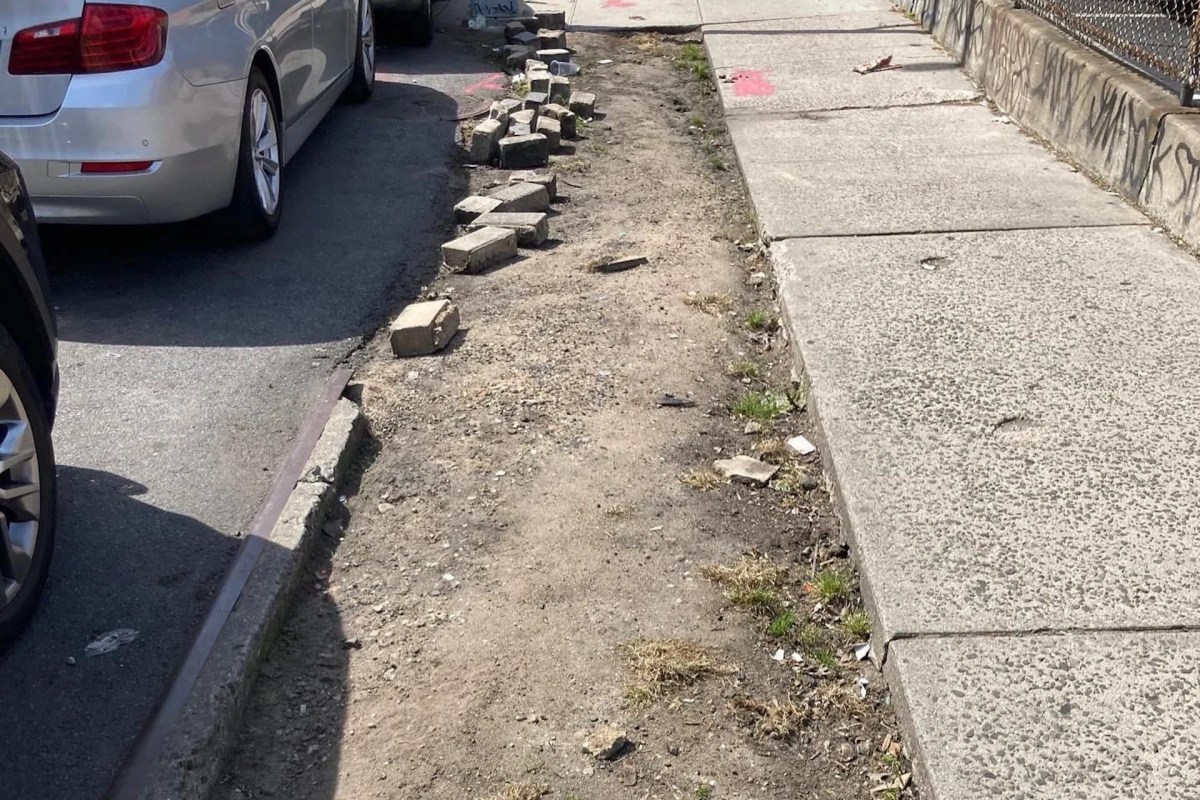A homeowner on Reddit showed off before-and-after photos of a rain garden they created in a berm by the sidewalk in front of their house. What was originally a barren eyesore, shown in their second image, became a lush garden with a purpose: soaking up excess rainwater from the street.
Rain gardens have grown in popularity as a natural, practical, and low-effort way to collect excess rainwater and reduce runoff from places like roofs, driveways, streets, and other sloped areas. As demonstrated by the Redditor's image showing plants in water, rain gardens are typically located in a depressed area of the landscape and contain deep-rooted, water-loving plants that facilitate water absorption into the soil.

Like a sponge, rain gardens absorb rainwater into the soil, where it is naturally filtered and purified by plant roots, rocks, and dirt. One of the many benefits of rain gardens, this helps to keep local water sources — where it tends to collect otherwise — clean and replenishes underground aquifers.
In the post, the homeowner explains how simple the process was to create the rain garden and describes their steps to help get others started on creating their own.
Their first task was removing trash and breaking up the dried, compacted soil. Next, they added coir (coconut husk fiber used in garden beds to increase water retention, reduce erosion and prevent weeds), compost, and fresh soil to the berm to create a spongy environment to enable water absorption as well as their next and final step: choosing and planting vegetation.
Mostly native flowering plants went into the homeowner's rain garden, including meadowsweet, swamp milkweed, and stonecrop. Native plants make an excellent choice thanks to their regional adaptations. They require less frequent watering, fertilizer, and weeding — saving gardeners time and money. They also provide food and shelter for local fauna, including pollinators.
Those not asking for rain garden construction tips were neighbors of the homeowner expressing their gratitude and admiration.
"I've been enjoying that for a few weeks," commented one Reddit user/neighbor.
"I walk past that bit almost every day and have been admiring your handiwork!!" wrote another neighbor. "You inspired me to plant some hostas around the tree pit on my block."
If you're feeling inspired to construct your own rain garden with your region's native flora, check out The Cool Down's guides on rewilding your yard and switching to a natural lawn for tips and tricks.
Join our free newsletter for easy tips to save more, waste less, and help yourself while helping the planet.









